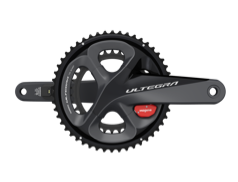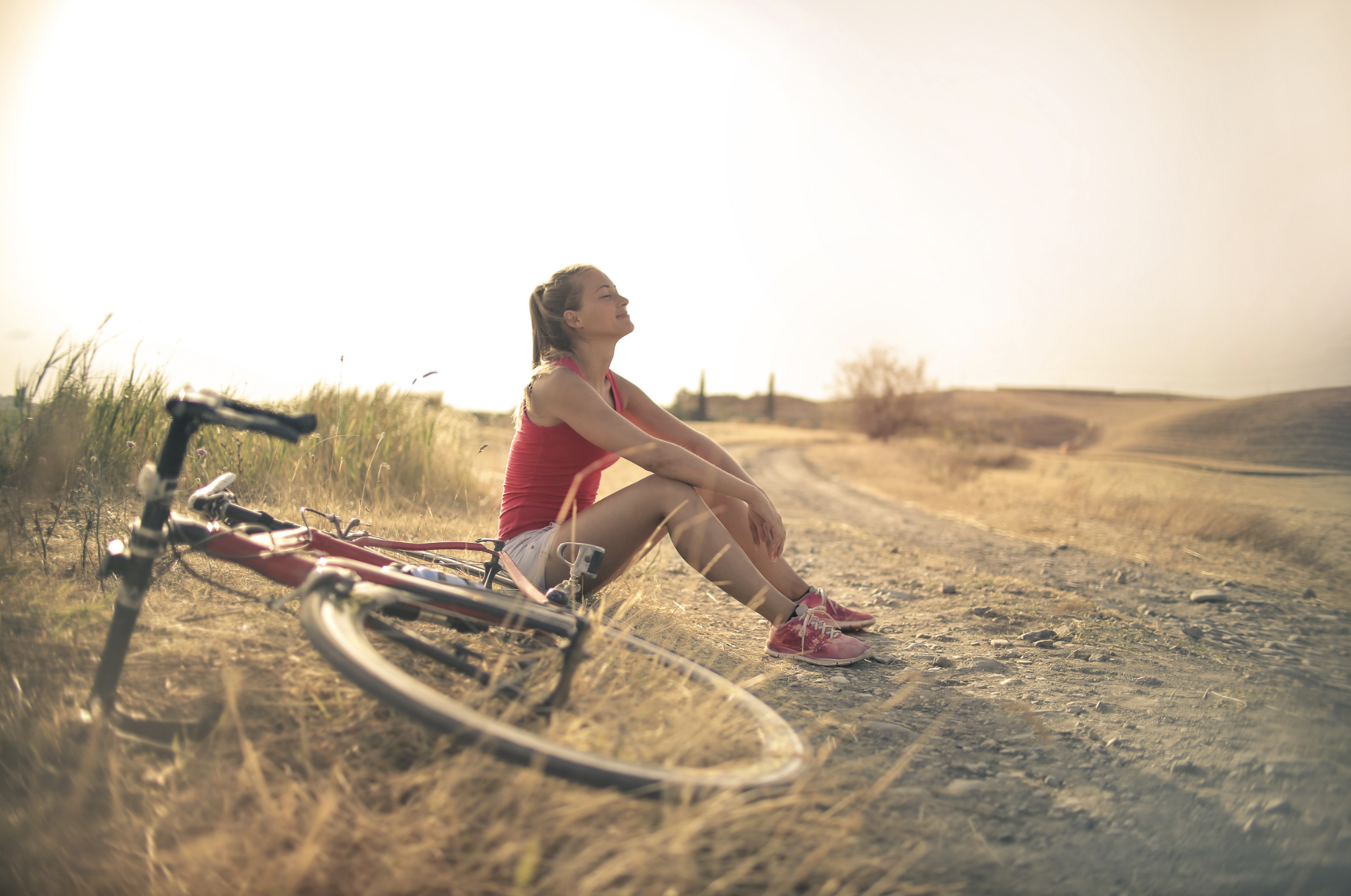Training is vital for any cyclist, but you might be unknowingly pushing yourself harder than you should be. You might be thinking that the more you cycle, the better or fitter you’ll be, but that’s a big exercise misunderstanding. Rest and recovery are just as important as training, and doing these well can prevent you from further harm. A good balance between training and recovery can also reduce injury and promote muscle growth. Here are a few tips to help you recover after cycling training:
Remember to Cool Down
After a long set or a challenging ride, it can be tempting to hop off the bike once you’re done, but you might be hampering your recovery by going full stop after cycling. Just like the warm-ups you do before exercise, a cooldown is essential after cycling to aid in recovery. Lactic acid can accumulate in the body after exercising, and you can experience delayed onset muscle soreness a couple of days after a set. Ending your rides with ten minutes of easy cycling can help reduce the aches and pains by removing metabolic waste from the muscles so you can recover quickly.
Optimize your Sleep
Everyone needs a good amount of sleep. However, if you’re looking to recover better, you need more than just the recommended hours of shut-eye; you need high-quality sleep too. Sleep is a must for energy, and your power is significantly hampered if you’re sleep-deprived. If you cycle on the road, sleepiness can also hinder your brain’s functions, making you more emotional or dulling your mental sharpness, leading to dangerous situations. To improve sleep hygiene and get better sleep, switch off all distractions like phones, computers, or TVs before you go to bed. Ensure your room’s conditions are cool, quiet, and comfortable, so your sleep is not disrupted.
Try Compression Gear
Cycling training can be tough on the legs, and you might be prone to swelling or soreness after. You can try compression clothes to alleviate these side effects for a comfortable recovery. These articles of clothing help promote good circulation and reduce swelling, easing pain after rides. Compression clothing can be worn for a few hours after cycling, or you can ask your medical provider how long you can wear them. When searching for good gear, keep in mind that the best compression socks, for instance, should fit snugly around your feet and legs without much bunching that could be uncomfortable. Remember, a good fit is vital when it comes to compression clothing.
Monitor your Performance
Keeping track of your performance during power training is paramount to improvement, but it can also help in knowing how to control your power, so you don’t overexert yourself. To better understand power output, you can use a power meter to gauge your fitness no matter what bike you use. The data generated by the power meter gives you insight into your training workload, helping you balance training stress with adequate recovery for maximum efficiency for every ride. Magene’s P505 Spider-based Power Meter can help improve riders’ performance scientifically and effectively. Your workouts can be recorded on multiple devices, such as various bike computers and apps, so you can get accurate results fast to help with training, power output, and recovery.
By: Jennica Borke
References:
1) The acute physiological and perceptual effects of recovery interval intensity during cycling-based high-intensity interval training
https://link.springer.com/article/10.1007/s00421-020-04535-x
2) The Spiritual Benefits of Yoga
https://daydreaminginparadise.com/the-spiritual-benefits-of-yoga/
3) Tips for Better Sleep
https://www.cdc.gov/sleep/about_sleep/sleep_hygiene.html








